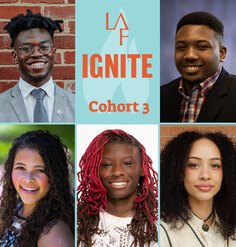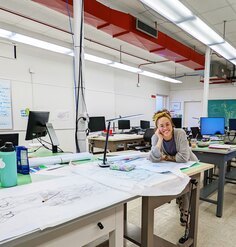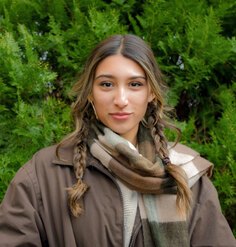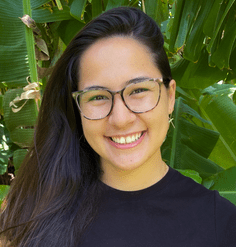Olmsted Scholar Feature: Dynamic Design Communication's Role in Community Participation
By Travis Flohr, 2010 University Olmsted Scholar
Decreased water, soil and air quality; changes in microclimate; and the loss of prime agricultural farmland are all issues associated with sprawl. Sprawl disrupts social networks and communities and negatively changes environmental and ecologic patterns. What legacy are these development patterns leaving on the landscape? These complex but interrelated issues require interdisciplinary and collaborative problem-solving. While landscape architects identified this important change in planning 30+ years ago and have incorporated these approaches into community design, the planning process has changed little. Plans and designs are still commonly communicated with static images and jargon-filled, text-based policies leaving many community members unable to comprehend the broader impacts of their decisions and limited opportunity to provide feedback.
People are willing to choose alternatives to sprawl if given the opportunity and provided with adequate information in a way that is understandable. To understand and facilitate changes in the design and planning of these developments, new tools can be implemented that better communicate issues and present viable alternatives.
Quality writing is the foundation of written, verbal, and visual communication (including but not limited to design graphics, animations, movies, etc), but it is only one tool at our disposal. We are in the midst of a communication shift. We can now use technology to instantly communicate with millions of people. Is this shift for the better, and how might we use it successfully within the profession?
Traditional methods can be augmented by new technology, research, and learning agendas that will help better communicate the connections and relationships between the complex issues involved in community planning and design. GeoDesign is one such agenda that pushes for the early use of analysis in the design process to vet early design concepts for suitability. Early GeoDesign tools were meant for the designer. As the technology evolves, these tools are starting to be integrated into participatory processes; however, these tools are still in their infancy. By tapping into internet technologies, social media, and GIS, we have the potential to:
- Capture a wider audience
- Provide a greater depth of information on designs and planning decisions earlier in the process
- Use interactive, multimedia-enriched content to better facilitate communication of complex ideas
- Integrate and capture community held ideals and values
- Influence public decision making that emphasizes environmental, social, and geographic features that minimize undesirable impacts
The development of these tools will be critical in expanding community engagement in an increasingly complex and learning-centered society.
Travis Flohr is currently involved in numerous research projects while finishing his Master’s Thesis in Landscape Architecture at The Pennsylvania State University. This fall he plans on pursuing a PhD at the University of Colorado. Starting February 1, 2011, if you wish you may participate in this ongoing study by visiting www.iecoplanningstudio.com. He can be contacted at tlf159 [at] psu.edu (tlf159[at]psu[dot]edu).











